
Neuralink, a company in Musk’s universe that develops “brain-computer interfaces,” announced today that it has officially begun recruiting human clinical trial subjects!
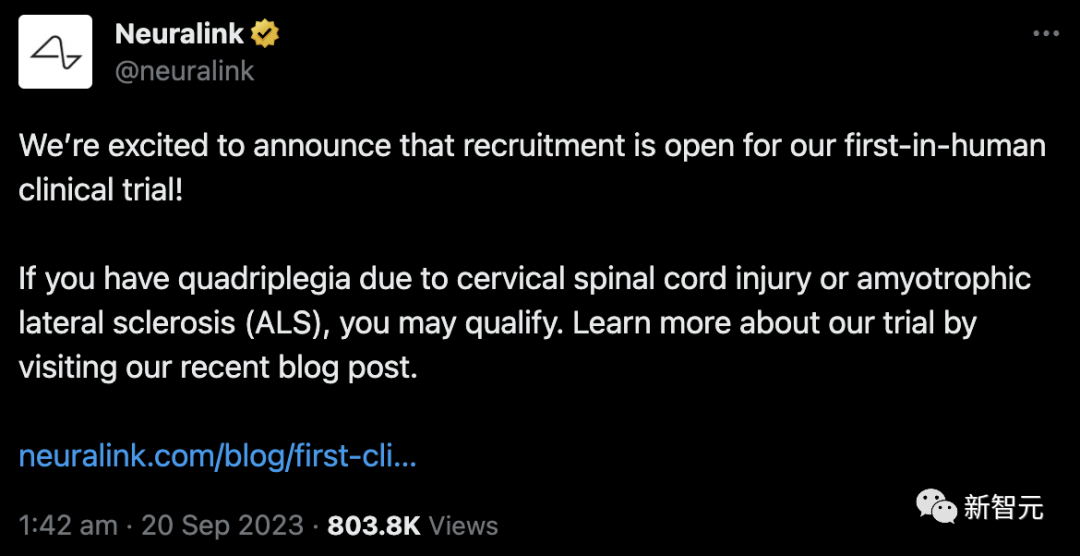
According to Neuralink’s official blog, they have passed the review committee and the hospital site has been approved
Neuralink’s research project is called PRIME (Precision Robotic Implantation Brain-Computer Interface), which is a medical device trial for a fully implantable wireless brain-computer interface (BCI)
The purpose of the trial is to evaluate the safety of Neuralink's implant (N1) and surgical robot (R1), and to evaluate the preliminary function of the brain-computer interface in helping paralyzed patients control external devices with their thoughts.
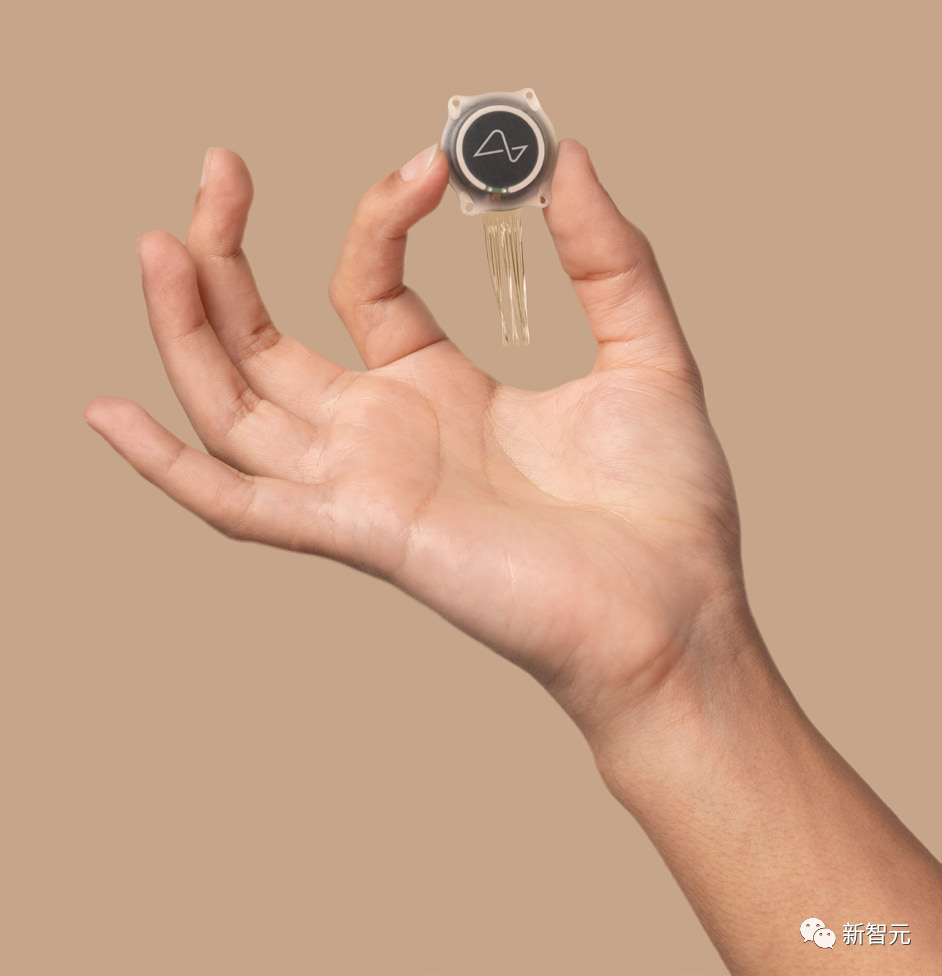
An important component of the brain-computer interface is the N1 implant
Study will use R1 The N1 implant's ultra-thin flexible wires are surgically implanted by a robot into the area of the brain that controls movement intentions.
Once implanted, the N1 implant will be hidden inside the brain and its purpose is to record brain signals and transmit them wirelessly to an application that decodes movement intentions. After rewriting: After the N1 implant is implanted in the brain, it will remain hidden. Its main function is to record brain signals and wirelessly transmit these signals to an application that decodes motor intentions
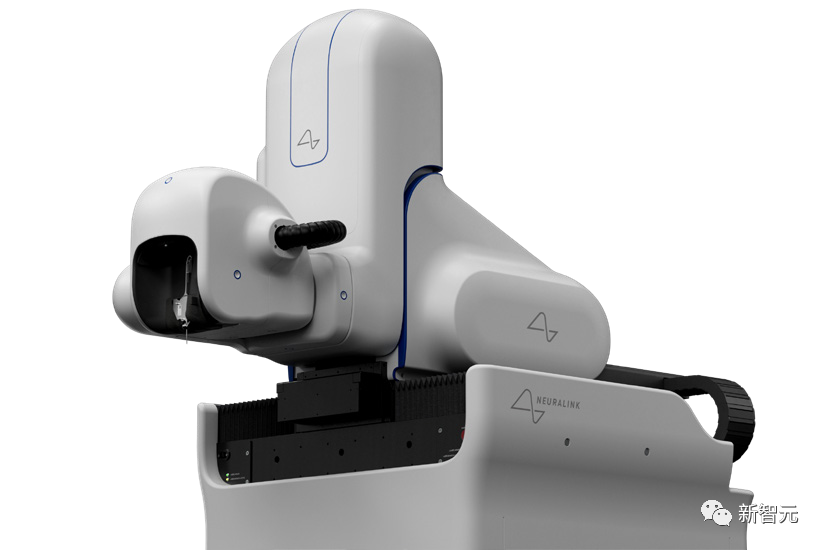
Surgical robot R1
In this way, the primary goal of brain-computer interface is to allow people to control the computer cursor with just their thoughts. or keyboard.
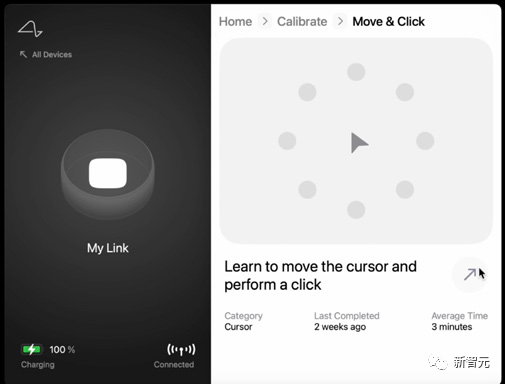
#The first batch of human trial subjects recruited are those who have suffered from cervical spine injuries or amyotrophic lateral sclerosis (ALS: also known as "amyotrophic lateral sclerosis"). Patients with quadriplegia caused by "frozen syndrome")
Through the brain-computer interface, after the experiment is successful, patients with total paralysis may acquire abilities similar to Professor Hawking's during his lifetime, and can communicate with the outside world. The world communicates

Brain-computer interface decodes intended movements from brain activity signals, allowing humans to control various external devices such as computers and mobile phones with their thoughts.
This experiment is to implant a device called N1 into the brain to analyze the brain activity of motion signals
This implant The body is mainly composed of 4 parts: biological shell, wireless rechargeable battery, chip, neural connection
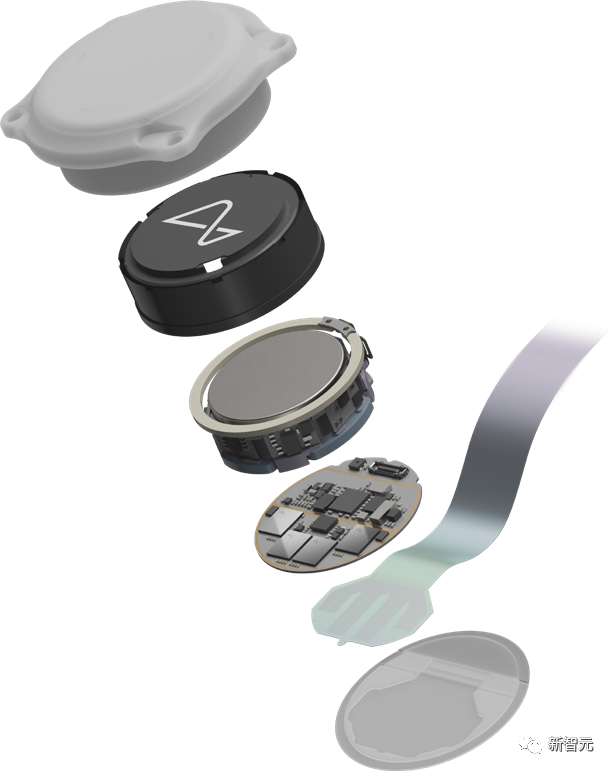
Biological shell: N1 implant is encapsulated In a biological shell, it can withstand pressure many times more severe than the harsh environment inside the human body, ensuring that the internal components can operate stably for a long time
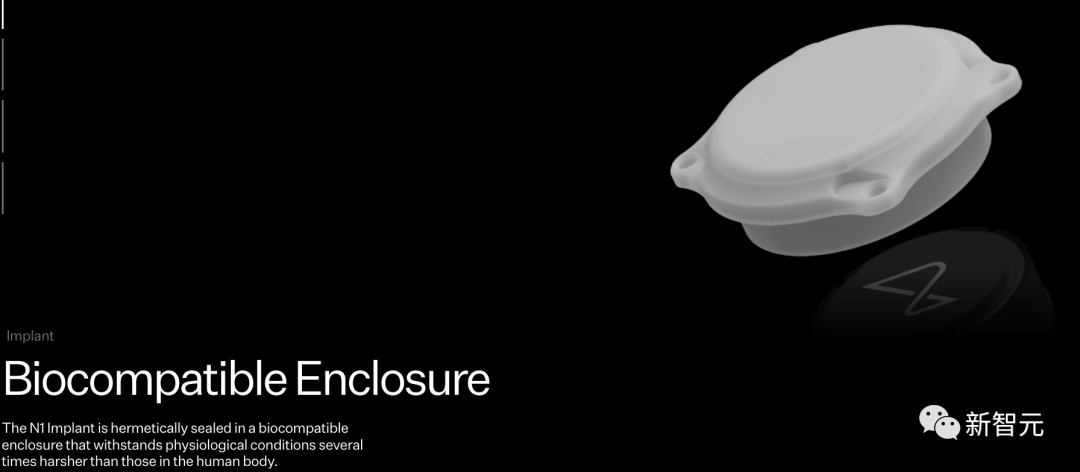
Wireless Rechargeable battery: Implant N1 is powered by a compact wireless rechargeable battery that can be easily charged from outside the body.
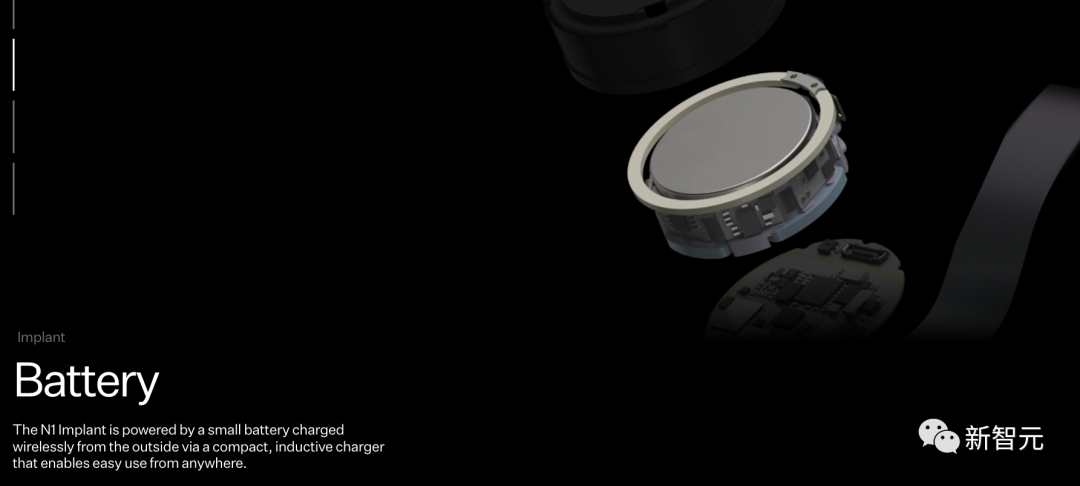
Chips and other electronic components: The core of the implant N1 is a customized chip system that can decode the brain’s neural signals and wirelessly transmit the signals to applications outside the body. Applications convert signals into specific actions and intentions

Neural connections: Implant N1 passes through 1024 electrodes record neural activity. These extremely flexible, ultra-thin nerve connections, only 1/40 the thickness of a human hair, are key to minimizing implant damage.
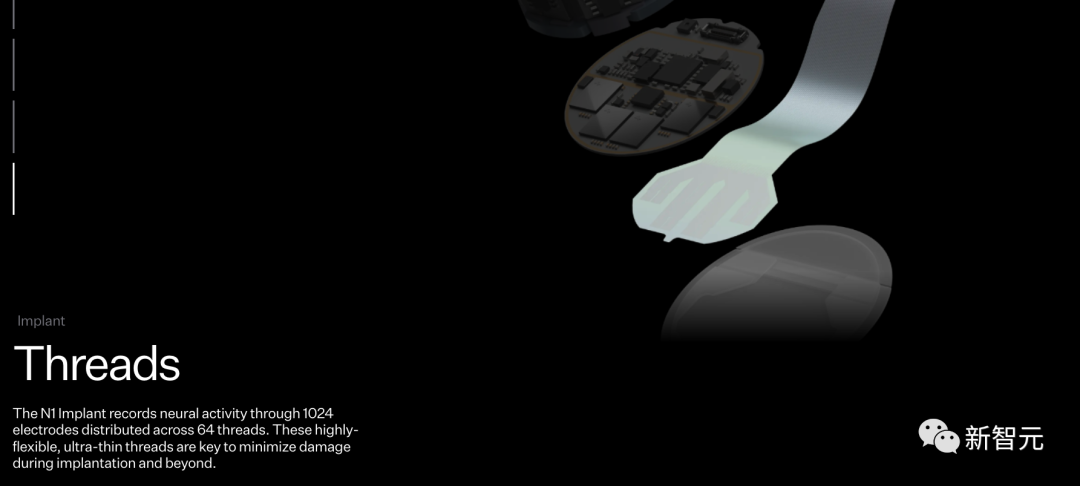
The implantation surgery of the implant N1 will be performed by the implantation robot R1 Finish. R1 consists of 3 parts: base, machine head, and needle.
Because the nerve connections of the implant are very thin, it cannot be operated by human hands. Therefore, a specialized R1 surgical robot is required to complete the implantation.
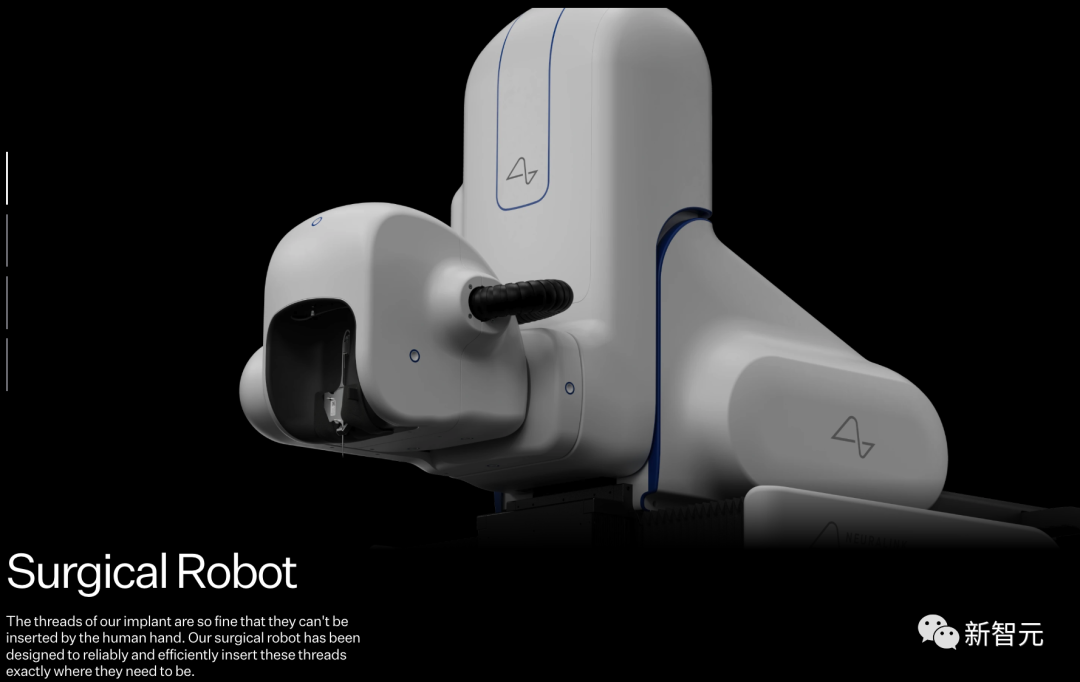
The function of the base is to provide three-dimensional movement and fixation for the machine head and needle
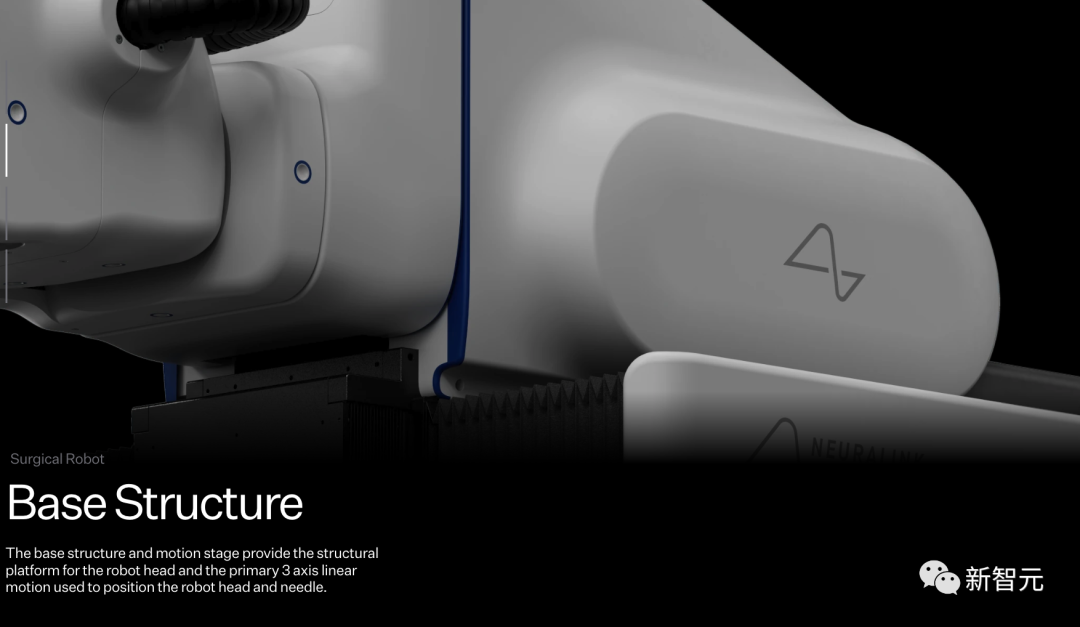
Machine head: Contains 5 camera systems composed of sensors and lenses, and is also equipped with the lens part of the optical coherence tomography (OCT) system.
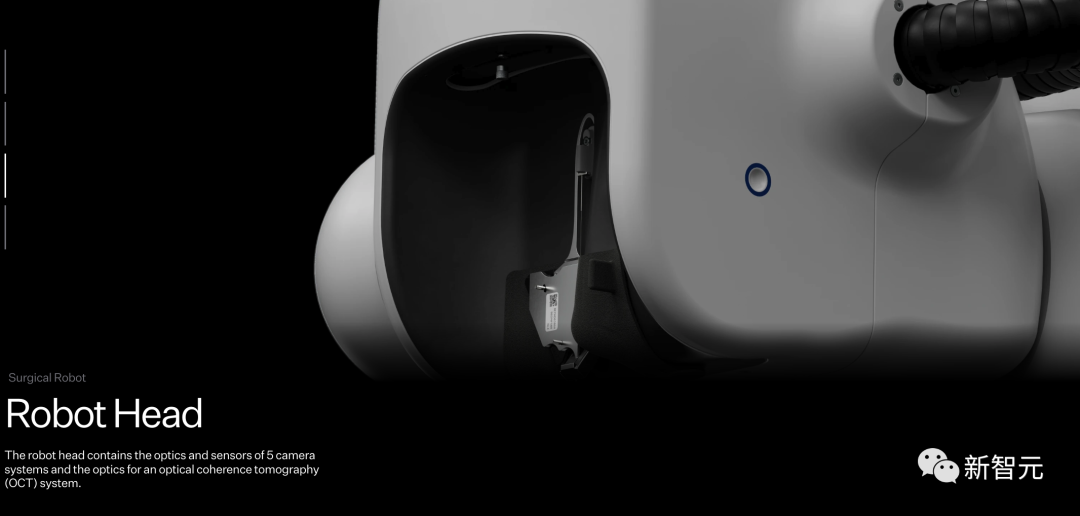
Needle: A needle thinner than a hair, used to grab, move, and place nerve connections.
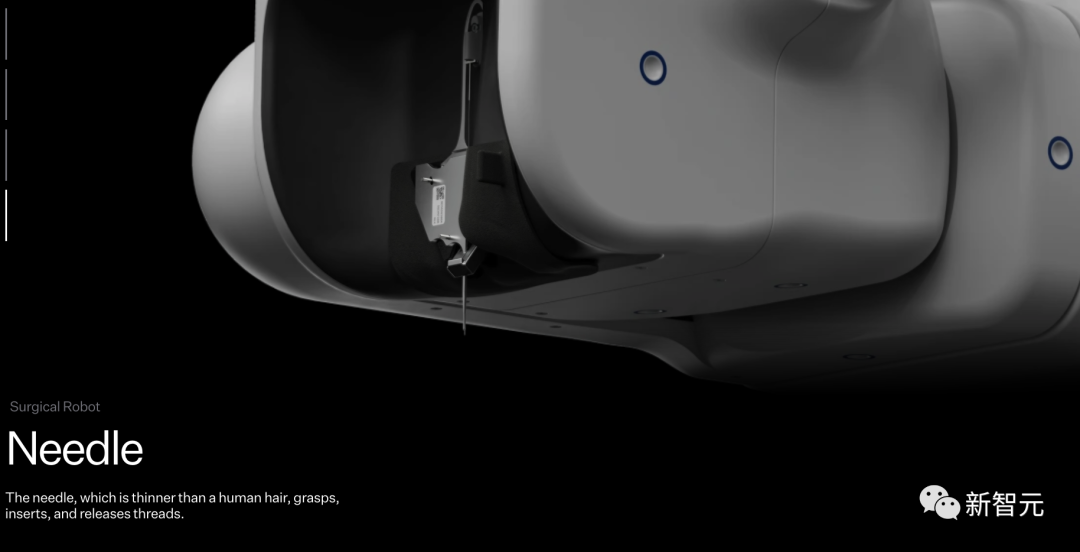
According to Neuralink’s introduction, the recruitment targets for this human trial are mainly for Patients with quadriplegia due to spinal cord injury (limitation of spinal cord function) or amyotrophic lateral sclerosis (ALS) who show no signs of improvement for at least 1 year after the injury
Requirements The conditions are that you must be at least 22 years old, and you need stable and reliable caregivers to provide assistance in daily life
Unfortunately, Neuralink does not allow the following patients to participate in the trial:
The content that needs to be rewritten is: the presence of activated implanted devices (such as pacemakers, deep brain stimulation, etc.)
- Having epilepsy History of seizures
- Required MRI due to chronic illness
- Currently undergoing transcranial magnetic stimulation (TMS) treatment
This project is expected to take 6 years to complete
During the study period, patients will be regularly Receive follow-up visits from Neuralink’s expert team to monitor patient progress and ensure that the Neuralink brain-computer interface continues to function as expected.
The duration of the primary study is approximately 18 months and includes 9 home and face-to-face clinic visits
During the study period, patients will be required to participate in brain Research sessions on the machine interface, at least 2 times a week, 1 hour each time
Long-term follow-up begins immediately after the completion of the primary study and lasts for 5 years, with a total of 20 sessions.
During the trial, Neuralink will pay for patients to participate in related activities.
At the Neuralink conference at the end of last year, Musk showed the team’s recent progress.
The most impressive thing was a video played at that time. In the video, a monkey started typing through a brain-computer interface implanted in the brain and successfully typed a sentence.

In order to prove the complete safety of the brain-computer interface device, Neuralink displayed three pigs at the press conference, each of which was named Joey. Silk, Dorothy, and Gertrude
Joyce never had electrodes installed, Dorothy had electrodes installed but later removed, and Gertrude An implanted electrode device was installed two months ago, and it can still read very clear signals
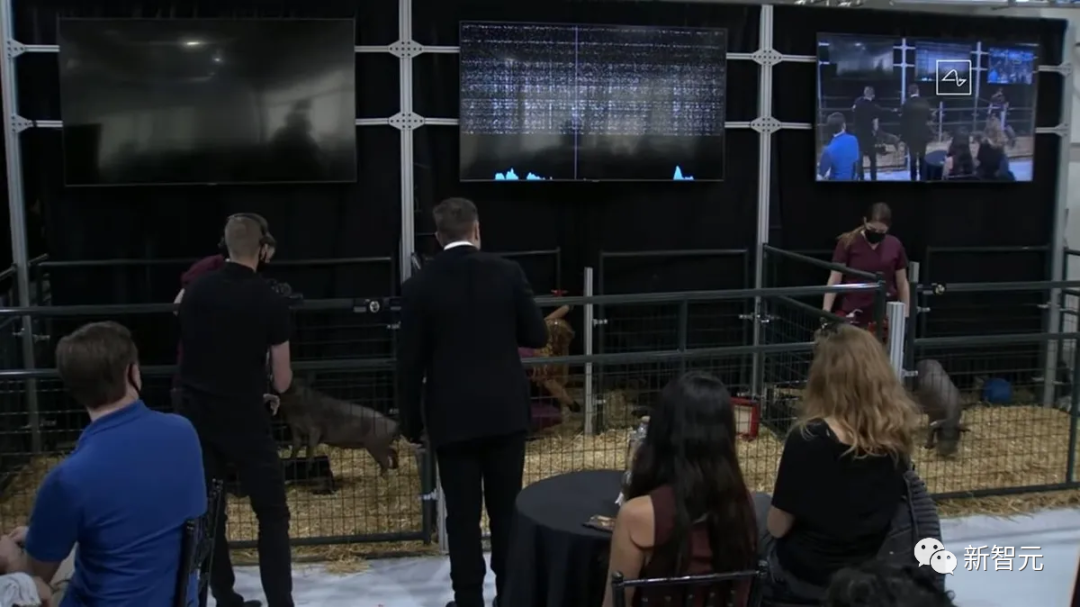
Musk repeatedly emphasized: 3 Every pig is healthy and happy, and the purpose is to show that the product is reliable and safe.
It wasn’t until May this year that Neuralink received FDA permission to conduct human trials.
In early September, in the face of online rumors about Neuralink’s statement that 15 monkeys died in a brain-computer interface experiment, Boss Ma personally clarified: No monkey died due to implant surgery of.

The above is the detailed content of Musk announced the news: Neuralink is undergoing human trials for the first time, which may help patients with ALS realize their wish to 'become Hawking in seconds'. For more information, please follow other related articles on the PHP Chinese website!




